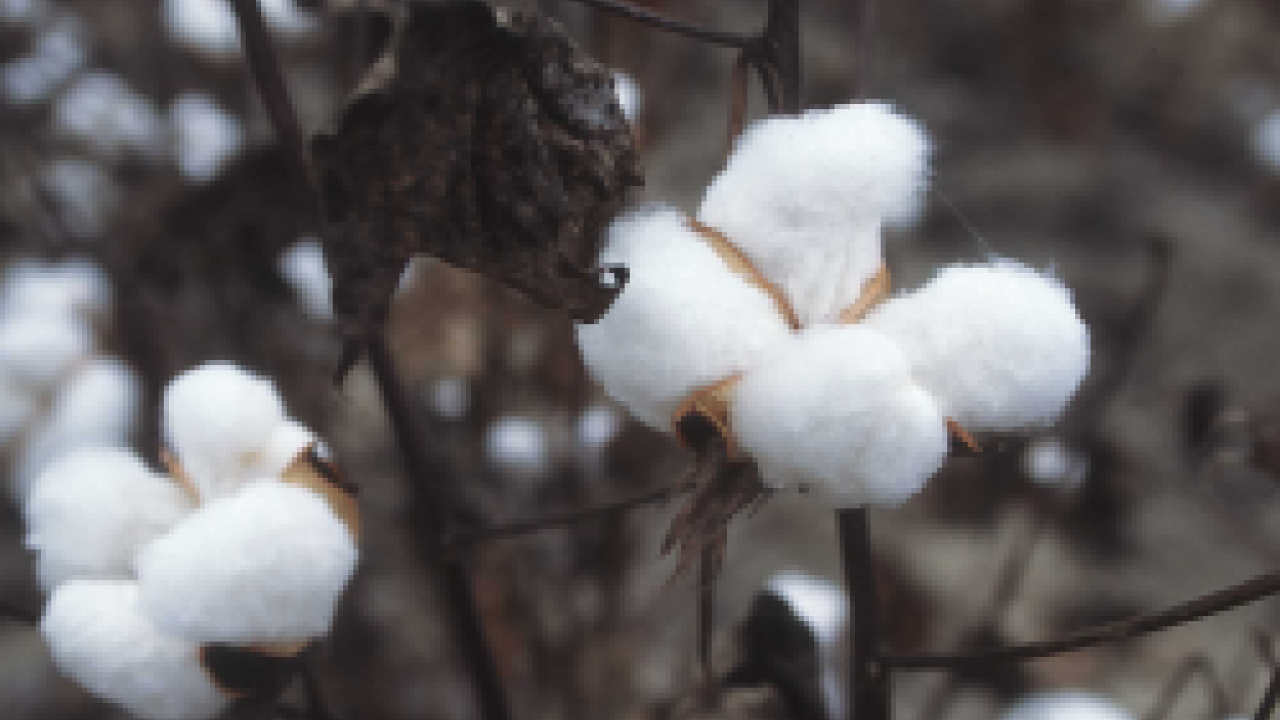
Well, shut my mouth!
It seems that an expensive new entitlement program, unlimited insurance subsidies and new insurance programs designed just for cotton and peanut farmers just aren't enough for some Southern legislators.
They're whining that the farm bill produced by the Senate Agriculture Committee creates "severe inequities" in the amounts of federal support destined for different regions. Their complaint simply shows how spoiled they are. Fact is, past farm bills were unbelievably generous to cotton, rice and peanut farmers.
While corn, sorghum, barley and wheat farmers have been collecting subsidies worth roughly $20 to $30 per planted acre in recent years, a new EWG analysis shows that:
- Rice farmers collected more than $120 per acre in subsidies in fiscal years 2009 through 2012 and nearly $1,400 an acre in FY 2005.
- Upland cotton farmers collected nearly $50 an acre in FY 2012 and have regularly received more than $200 an acre in recent years.
- Peanut farmers banked $50 an acre in FY 2012.
- Following a $1.3 billion "buyout" in 2002, peanut farmers have taken home more than $2.1 billion in additional subsidies.

(See Table: Payments Per Acre by Crop)
By eliminating the widely discredited "direct" payments provided to farmers regardless of need, the bill produced by the Senate committee would end a costly wealth transfer that has been giving southern farmers two to three times as much federal funding per acre as farmers in other regions.
Based on the caterwauling from cotton, rice and peanut farmers, however, you'd think the committee had actually proposed that farmers manage the ups and downs of the economy like most other business owners – without generous subsidies from the taxpayer. In reality, the bill would establish a "safety net" that is more akin to a "security blanket" than a reasonable protection against risk.
The Senate bill would guarantee nearly 90 percent of the revenue from all "covered" commodities. It would also continue to provide unlimited insurance premium subsidies for more than 100 different crops. Revenue guarantee and insurance subsidies together are expected to cost taxpayers more than $130 billion over the next 10 years –more than $90 billion of which will go toward insurance subsidies.
But that's not all.
The bill also creates a separate subsidized insurance program specifically for cotton growers that will cost more than $3 billion over the next decade. This program is even more generous than the subsidies offered to other crops.
Written by the cotton lobby, the new cotton insurance program would guarantee up to 90 percent of revenue – and require taxpayers to pay 80 percent of the cost of the premiums. By contrast, taxpayers pay an average of "only" 62 percent of other crop insurance premiums.
Unlike the new revenue guarantees for other crops, cotton producers can guarantee their revenue on every acre they plant, there are no limitations on the amount of premium subsidies or payouts they can receive, and they get this public subsidy with no conservation strings attached.
The bill instructs the U.S. Department of Agriculture to develop a separate insurance program for peanuts. In fact peanut farmers will get nearly as much funding in the next five years as they did in the last five. From 2008 to 2012, peanut farmers collected $941 million in subsidies.
Over the next five years, they will collect more than $917 million – if peanut prices meet projections. In other words, they'll stay roughly even. During the same period, recipients of federal SNAP food assistance will face a cut of a nearly $4 billion.
The Senate committee is providing these new entitlements and insurance subsidies even though farmers – especially cotton, rice and peanut farmers – are enjoying record profits.
On average, the largest commercial farms enjoyed household incomes greater than $200,000 last year. Moreover, peanut, rice and cotton farmers are doing better than others farmers, according to USDA's Economic Research Service. Prices for these crops are also at or near record highs.

And just how badly will these farmers fair under the 2012 Farm Bill?
According to a report released by FAPRI (PDF), crop returns for peanuts, cotton and rice will all go up as a result of the changes proposed by the Senate Agriculture Committee.
Between 1995 and 2010, taxpayers provided nearly a quarter of a trillion dollars in subsidies to farm businesses. Cotton growers alone collected $31 billion during this period. Rice producers did nearly as well, collecting almost $13 billion.
Texas farmers did particularly well, collecting more subsidies than farmers in other states. What's more, they reported more than $5 billion in net farm income in the nation in 2010 – the second highest level of net farm income in the nation. Texas cotton farmers collected $9 billion over the last 15 years.
None of these numbers validate the claims of "severe inequities" that Southern farms are using to pan the Senate bill.
Instead, an objective take on the facts would say that the bill is actually moving towards greater regional and crop equity by removing distortions from previous versions of the law. There are lots of things not to like about the bill, but giving Southern farmers a raw deal is hardly one of them.
In fact, states like California – which produces 12 percent of the nation's farm products but receives only 5 percent of all farm bill spending – have a far stronger claim of "inequity" than southern peanut and rice farmers. And the region that invented the term "regional equity" – the Northeast – continues to lag far behind other regions and will fall even farther behind under the 2012 Farm Bill.



